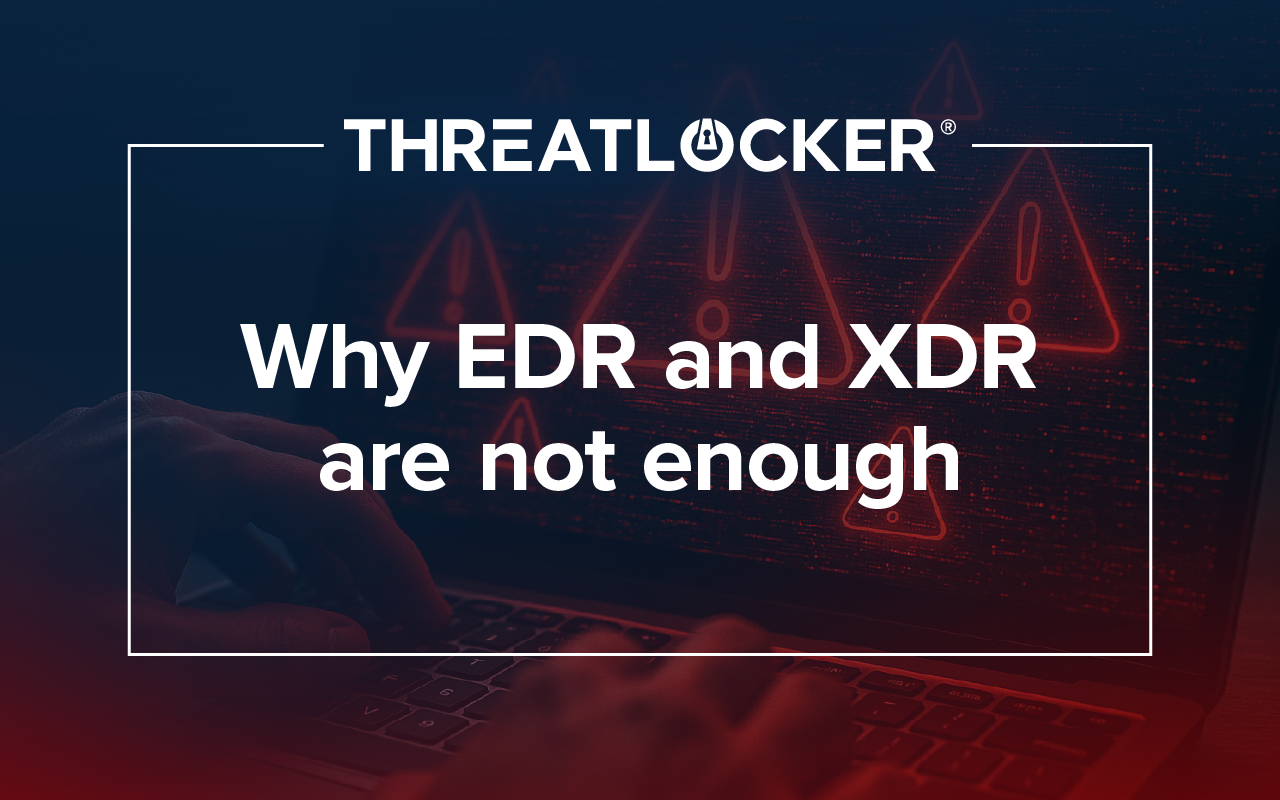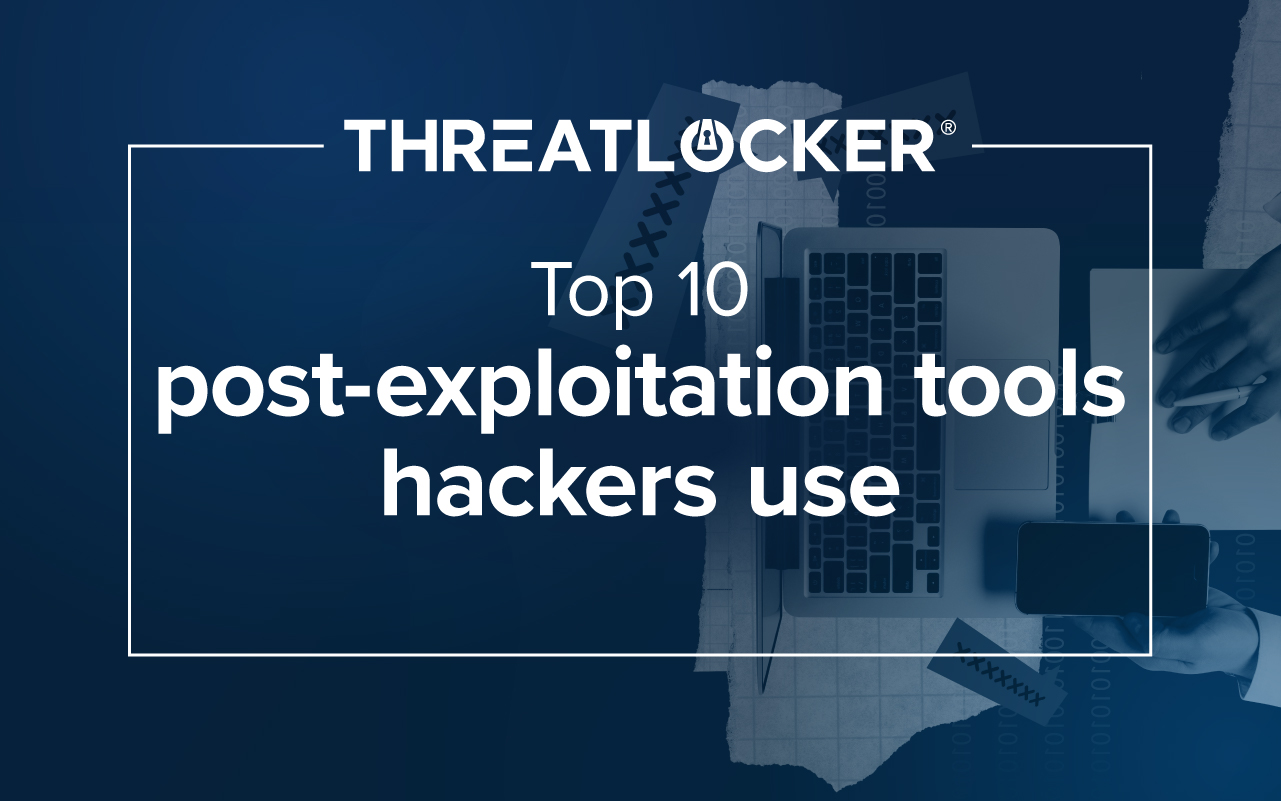Table of contents
What Is a Brute Force Attack?
A brute force attack is a tactic used by hackers to gain control of your organization’s secure accounts, systems, and networks. The objective is to infiltrate your organization and steal confidential information, spread malicious software, and personally alter your website or social media accounts to harm your reputation.
How Does a Brute Force Attack Work?
Through a brute force attack, threat actors guess login credentials, encryption keys, and even URLs until they finally gain access to your organization’s secure accounts. They can either attempt this themselves or use a hacking software or bot to generate millions of guesses at a time until one works and grants them full access. There are numerous brute force tactics used by threat actors to bypass your credential requirements:
- Simple Brute Force Attacks occur when a threat actor attempts to manually guess the correct credentials without relying on software or bots. They usually aim for weaker passwords like “Password” or “1234.”
- Dictionary Attacks are when a threat actor tries using words usually found in a dictionary to crack simple passwords.
- Hybrid Brute Force Attacks, as the name implies, is a combination of Simple and Dictionary attacks. Attackers will start by guessing credentials, incorporating dictionary words, replacing certain letters with numbers or symbols resembling them, and adding numbers or symbols around the initial word.
- Reverse Brute Force Attacks happen when a threat actor has a substantial list of possible passwords but no usernames. They will attempt to generate likely usernames based on public/background knowledge of your organization or resources like your organization’s LinkedIn account and your employee’s connections to it.
- Rainbow Table Attacks thrive because passwords are saved to computers or internet sites as an encryption of itself called a “Hash.” Hackers attempt to crack these encryptions by using the hashes of common words, numbers, and symbols used in passwords. Typically, they already have a table of various password encryptions to choose from.
- Credential Stuffing is when attackers use passwords they have already cracked or bought on the dark web to access multiple accounts or sites by testing variations of the same password. They have an advantage in this strategy as it is common to see the same password for various websites, or at least a variation of the same password.
How to Prevent a Brute Force Attack
Preventing a brute force attack revolves around your password policy. Holding your organization users accountable for maintaining strong passwords is the best way to stop cyber threats that rely on weak passwords from infiltrating your organization’s secure accounts.
The more robust your password, the less likely hackers will succeed. So, when you create new passwords within your organization, make sure to take part in the following minimum strategies:
- Use strong passwords with various symbols, numbers, and capital and lowercase letters, and do not make them too long. Think “Quality over Quantity.”
- Use unique passwords for each account that avoid using any word found in any dictionary. Try to shorten any literate words used to a few just legible characters.
- Use a password manager rather than saving your passwords when your internet/search engines prompt.
ThreatLocker’s Solution for Brute Force Attacks
If it is too late, and your organization does fall victim to a brute force attack, ThreatLocker’s solutions platform provides endpoint security that can stop the spread of a brute force attack’s damage. If a user has their accounts or computer hacked, ThreatLocker’s Application Control can prevent unallowed applications from running and Ringfencing™ can prevent an allowed application from being weaponized to gain further access to other applications or data. This greatly limits the surface area a hacker can access and the damage possible from a brute force attack.
Interested in learning about how ThreatLocker protects your organization?





